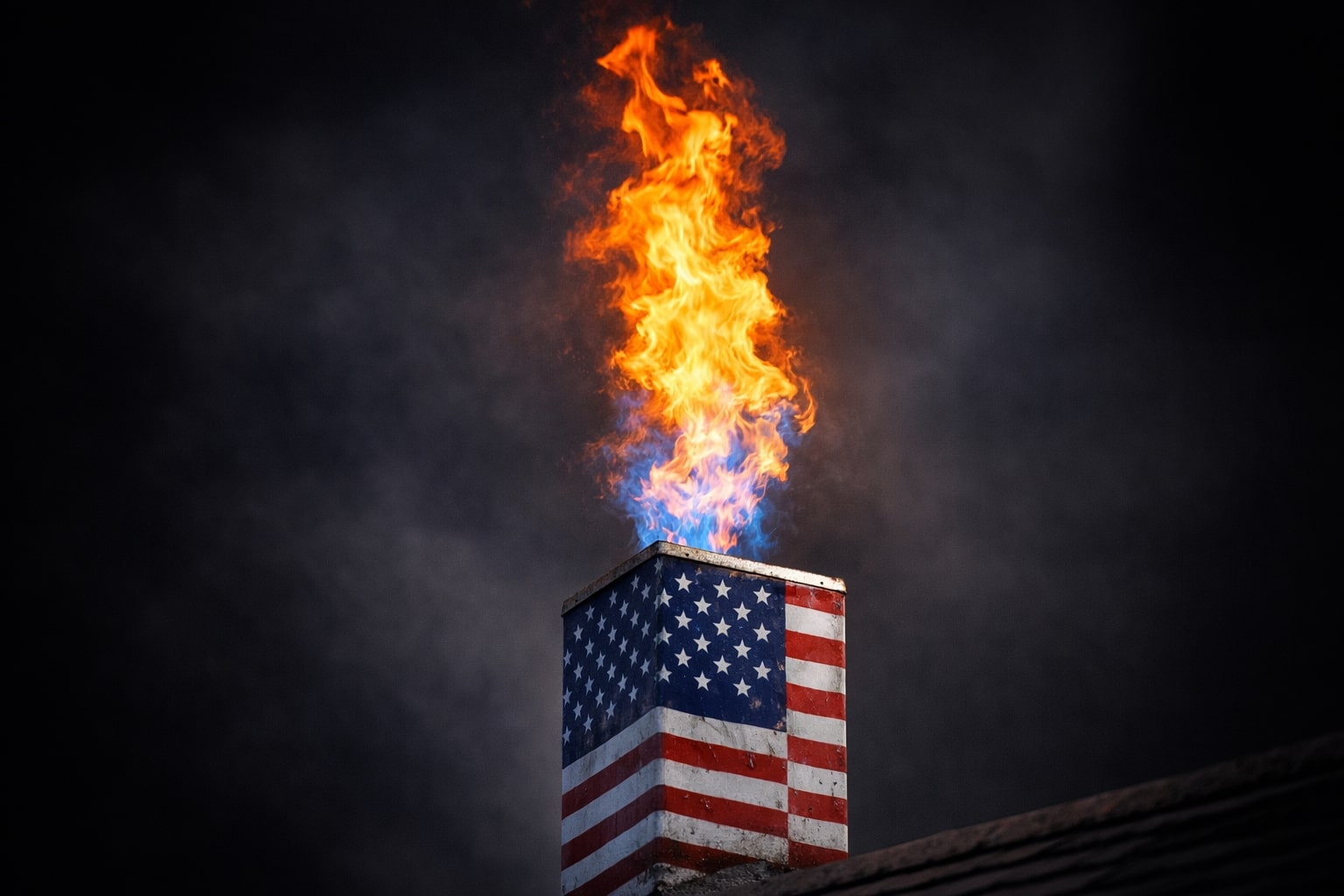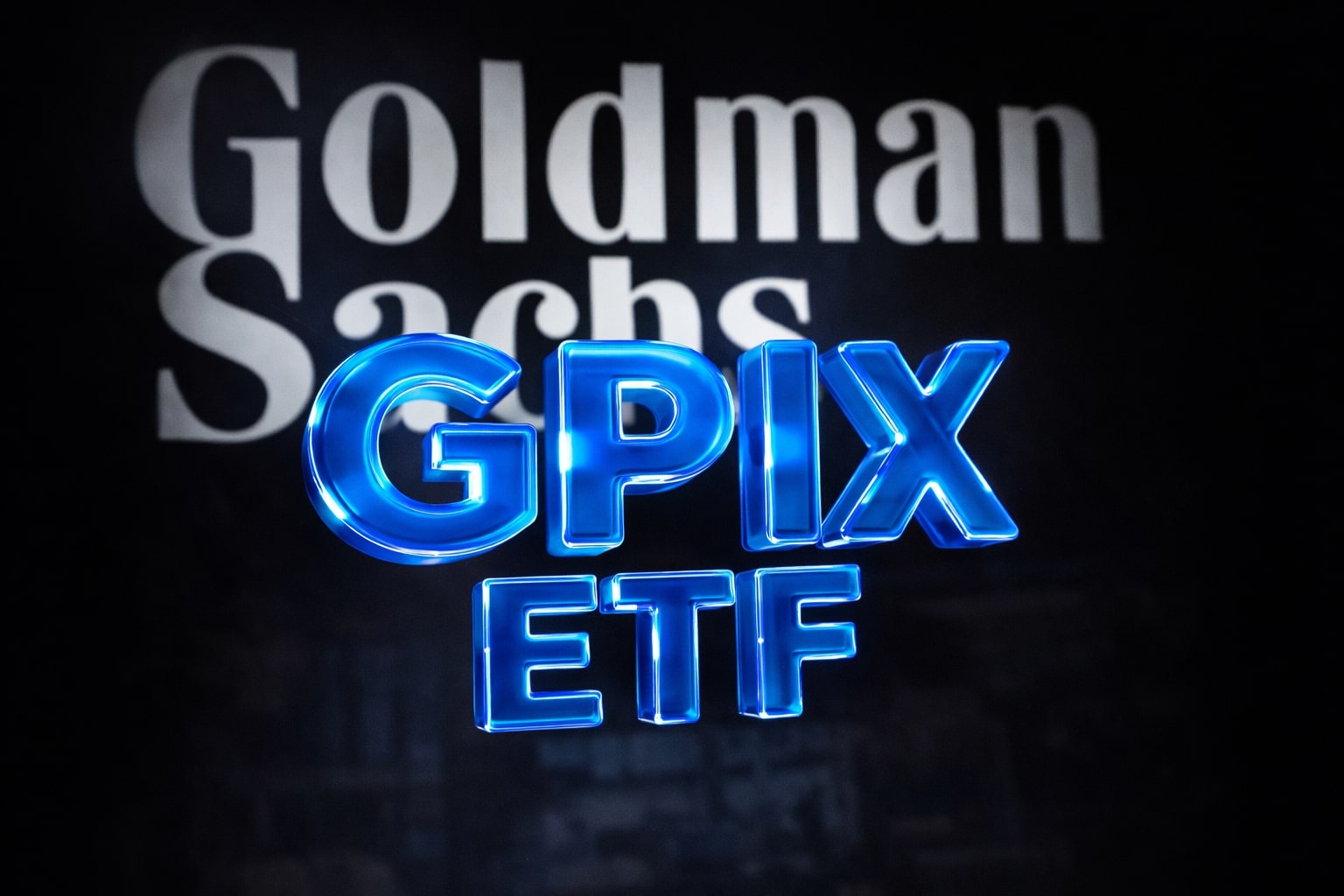Natural Gas (NG=F) Struggles to Sustain Above $3.80 Amid Technical Threats
Natural gas futures for August delivery opened at $3.76/MMBtu and rallied to a session high of $3.80 before settling back near $3.80, its highest closing level in four days. This bounce followed a retest of the $2.984 pit low in the contract’s penultimate session, but the failure to break decisively above the $3.85 trendline resistance underscores lingering bearish pressure. Open interest sits at 38,289 contracts, down marginally from last week’s peak, signaling that speculative short‐term traders remain wary of a sustained uptrend ahead of Tuesday’s expiration.
Head-and-Shoulders Formation Threatens Downside Toward $2.38
Over the past week, NG=F carved a classic head-and-shoulders top with left shoulder around $3.60, head at $3.79, and right shoulder near $3.57, with the neckline anchored at roughly $3.05. A decisive close below that threshold would validate the pattern and target a measured slide toward $2.71, and if selling intensifies, as low as $2.38—a roughly 30% drop from current levels. Traders should watch for any break under $3.05 with conviction, ideally confirmed by an uptick in daily volume above 200,000 lots on CME data.
Seasonality and Demand Trends Cast a Mixed Light
July’s sweltering summer weather has historically tamped down natural gas consumption for heating, while cooling‐driven electricity use bolsters demand. This year’s early heatwaves failed to prevent the string of losses into the sub-$3 region. European LNG offtakes remain supportive, but U.S. storage injections have outpaced five‐year averages by 5.2 Bcf/day this refill season, fueling bearish sentiment. Looking ahead, last week’s 3.08 Bcf build reported by the EIA suggests ample near‐term supply, keeping markets cautious even as August approaches.
Technicals Offer Relief at $3.00 and $2.80 EMAs
On the daily chart, the 50-day exponential moving average resides at $2.80, a level that has historically attracted dip buyers, while the 200-day EMA near $3.37 stands as a ceiling for any rally attempts. RSI sits around 52, having climbed from oversold territory sub-30, but MACD remains below its signal line, indicating the market’s broader momentum is still tilted to the downside. A sustained move above $3.85 could shift the bias back into neutral, but absent that, the path of least resistance points lower.
NGI’s Forward Curves Suggest Bullish Spreads in Northeast Hubs
Natural Gas Intelligence’s forward curve highlights robust basis prices at key Northeast delivery points—Algonquin Citygate at $2.405, Transco Zone 6 NY at $0.30 over Henry Hub, and Texas Eastern Zone M-2 at $0.135—indicating localized tightness even as Henry Hub hovers at $3.80. These regional premiums underscore structural demand for power generation and export terminals, but they have yet to translate into sustained upward momentum on the front‐month contract.
EQT’s Appalachian Focus Illustrates Producer Resilience
Comparatively, EQT Corporation (NYSE:EQT) has leveraged Appalachia’s low‐cost production to generate free cash flow margins near 30%, even as Henry Hub prices flirt with the $3 mark. EQT’s $250 million midstream expansions and anticipated breakeven under $2.00/Mcf by 2028 illustrate how integrated producers can thrive in a lower‐for‐longer price environment. Their ability to rein in capital expenditures and pursue low‐OPEX growth offers a blueprint for hedged exposure, something spot gas traders may consider via futures spreads or financial ETFs.
Hold Until the $3.85 Breakout or $3.05 Breakdown
Natural gas stands at a crossroads. Breaking below $3.05 on high volume would validate the bearish head-and-shoulders and target $2.71 and $2.38. Conversely, clearing and holding above $3.85 would neutralize the short‐term downtrend and open a retest of $4.05, the July peak. Given the technical configuration, seasonal injection data, and mixed regional supply-demand signals, the best tactical posture is to hold current positions. Only a sustained move outside the $3.05–$3.85 corridor justifies a shift to fresh buy or sell commitments.




















